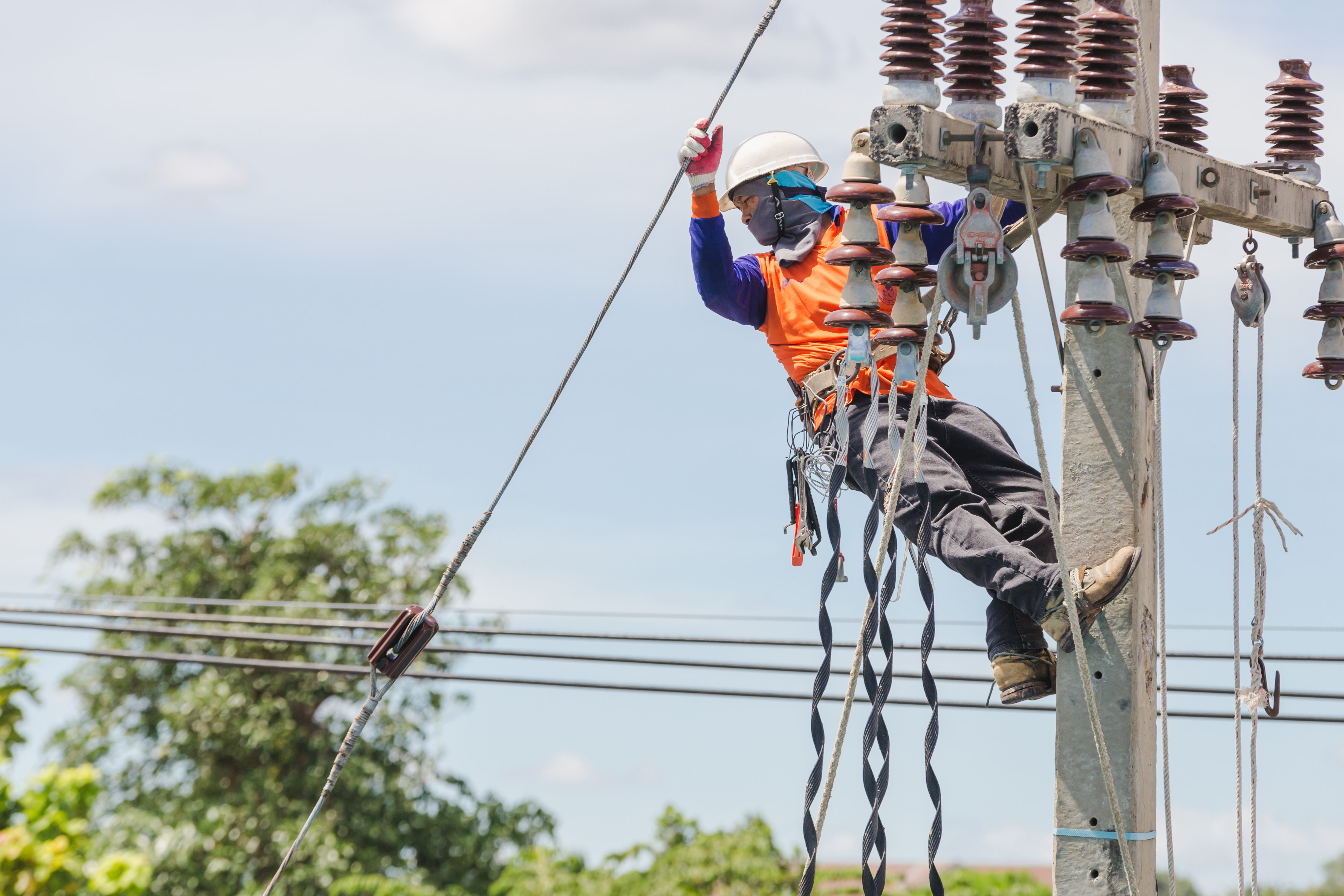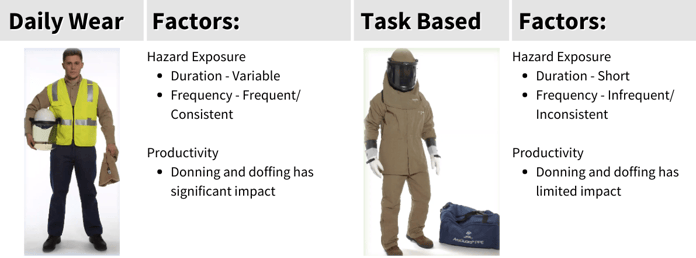
What you Need to Know About Arc Flash
What is an Arc Flash?
- Arc flash is due to an arcing fault
- Rapid release of energy (explosion)
- Massive pressure - exceeding 100s - 1,000 Ibs/ft2
- Sounds can exceed 160 dB
- Material & molten metal expelled at speeds exceeding 700 mph
- Temps. in excess of 30,000 degrees F
It's clear that arc flashes can be a very real danger in the workplace, which is why there are standards to keep workers safe.
An employer's responsibilities are outlined by ANSI, NFPA and OSHA:
- Conduct an Arc Flash Safety Study & Hazard Risk Assessment to identify potential hazards
- Engineer out potential hazards
- Provide the appropriate PPE for hazards that cannot be eliminated
- Educate employees on potential hazards and the use of PPE
There are multiple electrical safety standards that employers should know:
- NFPA 70E: Electrical Safety in the Workplace. The purpose is to provide a practical, safe workplace relative to the hazards associated with electrical energy. This acts as a guide to avoiding injuries and assists users in complying with OSHA.
- OSHA 1910.269 and 1926 Subpart V: Arc Flash Law for Power Generation; Transmission, Distribution
- ASTM F1506: Performance Standard for Arc Related Fabrics
- ASTM D6413: Test Method: Flame Resistance "Vertical Flame Test"
- ASTM F1959: Test Method: Arc Rating Fabrics
- ASTM F2178: Test Method: Arc Rating Eye & Face Protection
Determining AF Protection:
- 70E Tables: Minimum protection requirements

- Calculations: Incident energy determined (arc rating)
FR versus AR
FR (or Flame Resistant):
- Tested per ASTM D6413 Vertical Flame
- Self extinguishes within 2 sec. or less
- Does not melt or drip
- Has a char length of 6" or less
AR (or Arc Rated):
- Must be rated as Arc Resistant per ASTM F1506
- Includes Vertical Flame Test
- Also includes ASTM F1959 to determine arc rating
An Arc Rating is a measurement of a fabric's ability to protect the wearer from second-degree burns. All arc rated fabrics are flame resistant, but not all flame resistant fabrics are arc rated!
Task Based vs. Daily Wear

Layering for Protection
- In arc flash, 1 + 1 ≠ 2
- Layered combinations must be arc tested together
- Most importantly, you need proof

Different types of PPE must meet the requirements of different ASTM specifications in order to be labeled as AR (Arc Rated)
• Clothing – ASTM F1506
• Rainwear – ASTM F1891
• Face protective products & hoods – ASTM F2178
• Arc Protective Blankets – ASTM F2676
Remember, a hazard risk assessment needs to be performed in order to fully understand your specific hazard and the protection it requires.
Ritz Safety, a family-owned business since 1983, is here to serve you. Our 13 sales and distribution centers across the United States provide a wide array of PPE and safety solutions, promoting all workers' health, well-being, and protection. Contact us at sales@ritzsafety.com or 800-451-3077 for convenient, cost-effective, and customized warehouse industry PPE solutions.